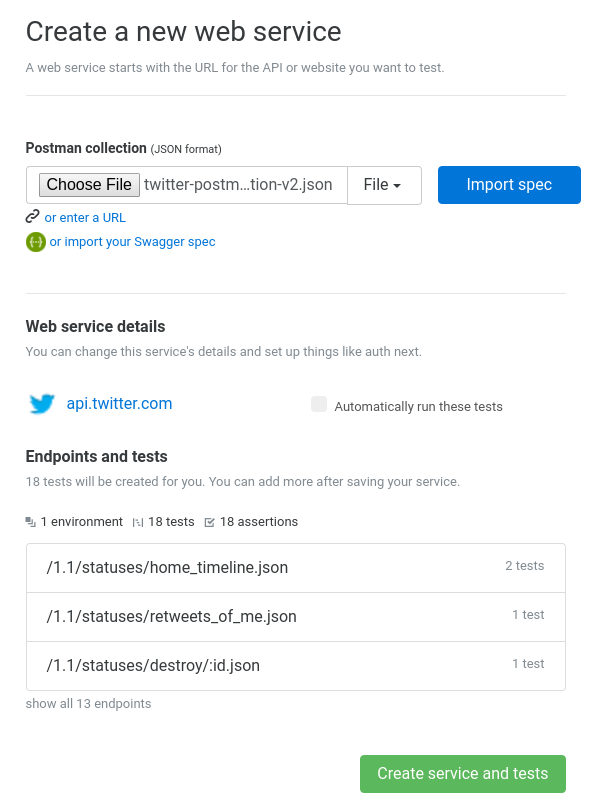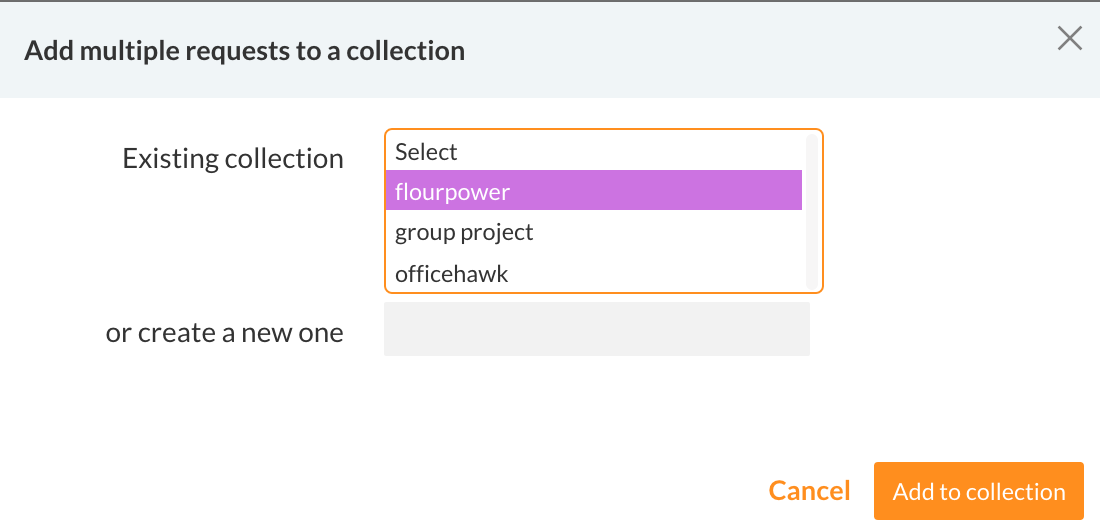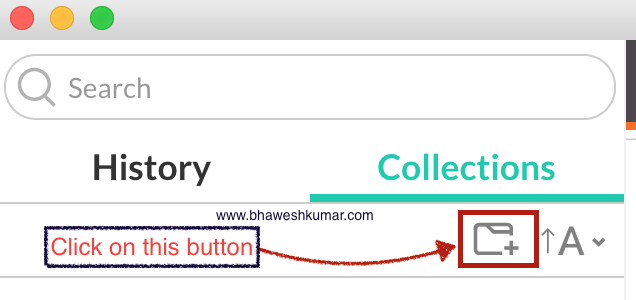

We’ve now created an API collection in Postman, imported it into your API Science account, and created a monitor that will let you assess this API’s performance and uptime, and alert your team should the API go down. Clicking on the monitor brings up our first check page: This brings us to our API Science Dashboard, which now includes the new monitor GET (the monitor name is editable). Select the file you exported from Postman, and click the “Create Monitors” button: So, we click the “Import from File” tab then click the “Browse” button: In this case, we exported our Postman collection to a file. Now, go to your API Science Dashboard, click “Import” at the top of the page, then click the “Import From Postman” button: From our Collections tab, we click the “…” next to our “World Bank Arctic Countries” collection, and this raises a pull-down menu that includes an “Export” option that lets us save our Postman collection to a file: Next, you can export your Postman collection. In this case, I’m creating a new Postman collection named “World Bank Arctic Countries.” Clicking the “Save” button accomplishes this. This results in a pop-up that lets us enter a description of this request and either add it to an existing Postman “collection” or create a new one: in the latest version of postman press ctrl+s -> and choose a collection to save into. So, having successfully created your Postman test request, can you turn this into an API Science monitor?įirst, let’s click that “Save” button on the Postman result window. This is the type of information that is provided to you by your API Science account. In any case, if this API is a component of your product, you will want to know when, and how often, the API is down, or when its performance is poor. How can you know when that information is available, and when it is not available? If the World Bank Canada information is not available, your product/app may appear “down” to your users. Let’s assume your company’s product is focused on providing information about the state of the Arctic Ocean, and you use the World Bank information about the nations that have coastlines on the Arctic Ocean.

The GET query succeeded: the World Bank Countries API responded by sending the information about Canada, including region, income level, capital, etc. Based on this, we can create a World Bank Countries API GET request using this URL: Įntering this into the Postman “Enter request URL” field and clicking the “Send” button produces this result: Here is from the documentation found at Starting with Postman v0.9.3 you have the ability to share and manage your collections more effectively. Your best bet is to use Postmans functionality to share collections.
#Save postman collection code
The two-letter ISO code for Canada is CA. 13 +50 Putting it in a VCS undoubtly will give you some headaches as you mentioned.

The World Bank Countries API supports two- and three-letter ISO codes. Let’s say we’d like to query the World Bank’s Countries API for information about Canada.
#Save postman collection how to
Now we’re ready to use the Postman Builder to create a request. How to create and save a collection in Postman Click on the Save button which appears to the right of the screen. I downloaded this from the Postman Apps page, ran the installer, and launched the Postman application:
#Save postman collection windows
In this post, the examples I present use the Windows native Postman app. Then, add the following code under Tests in Builder & save your collection. Postman is available as a Chrome app, but the Postman team recommends the more powerful native apps, which are available for Mac, Windows, and Linux (Beta). The fundamental building block for a Postman application is a “collection” - which consists of one or more API requests, and scripted actions based on the response each request returns. My opinion.īut thanks 1000x Allen.Postman is a platform that enables you to construct API requests and workflows, test integration suites, document your work, and share your finished product with your team and others. I think Postman as a product lacks this func. Extracting the result from the collection.The string ‘}}}’ is replaced by ‘\n’, end of line. To split the line you can make usage of the sed command.Ĭat results.json | sed ‘s/}}}/\n/g’ > result_f.txt The next problem is that the responses are in a file of one long line!.One variable named collectionResponses has all the results and it is cool (thanks Allen)! Copy the content of collectionResponses into the clipboard and save into a file. add a test and copy/paste the code of Allen.

Guys, if you are like me a Postman beginner, I comment on the response of Allen:įirst learn how to run a batch of commands:


 0 kommentar(er)
0 kommentar(er)
